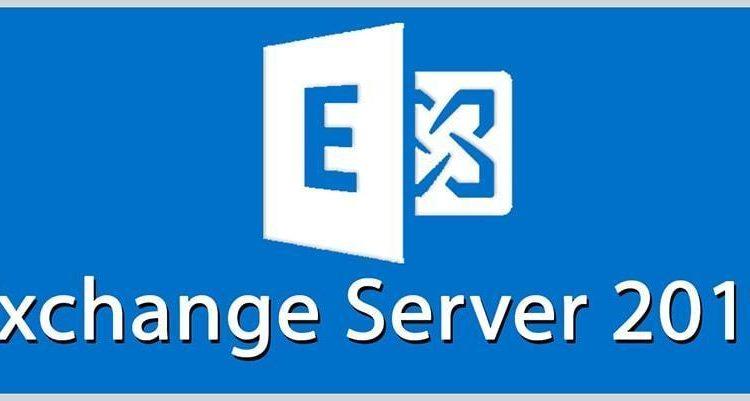Before buying Exchange Server 2016/2019, you need to have a look at the Exchange 2016/2019 edition comparison. Microsoft Exchange Server 2016/2019 is available in two server editions: Standard Edition and Enterprise Edition. In this article, you will learn when to choose for Exchange Server Standard or Exchange Server Enterprise.
Exchange Server 2016/2019 Licensing
When you buy Exchange Server 2016/2019 a license will be given. The license key needs to be entered after installing Exchange Server. When entering a valid product key, the supported Standard or Enterprise Edition is established.
Server licenses
Exchange Server Standard Edition
- Maximum of 5 mounted databases per server
- Database size limit is 1 TB (1024 GB)
Exchange Server Enterprise Edition
- Maximum of 100 mounted databases per server
- Database size limit is 16 TB (16384 GB)
Important: Exchange server Standard Edition can’t mount databases that are larger than 1 TB (1024 GB). This means that the database will automatically dismount when it reaches 1 TB.
A mounted database is a database that is in use. A mounted database can be an active mailbox database that is mounted for use by clients, or a passive mailbox database that is mounted. While you can create more databases than the limits described above, you can only mount the maximum number specified above. The recovery database does not count towards this limit.You can run a DAG with both Exchange Standard and Enterprise Edition. It depends on how many mounted databases each server is going to have.
Client access licenses (CALs)
With this license type, a CAL is required for each user or device that accesses the server software. There are two types of CALs for Exchange, both of which work with either edition of the server:
- Standard: designed to help users be more productive from virtually any platform, browser, or mobile device, with features in Exchange Server 2019 that help your users be productive no matter where they are—while helping protect your organization’s data. To enable Standard CAL features for a user, the user must be licensed with the Standard CAL.
- Enterprise: designed to allow organizations to reduce the cost and complexity of meeting compliance requirements with new integrated archiving functionality and information protection capabilities. The Enterprise CAL is sold as an add-on to the Standard CAL—to enable Enterprise CAL features, the user must be licensed with one Standard CAL plus one Enterprise CAL.
Exchange Server 2016/2019 Trial Edition
The Exchange server will automatically run as a Trial Edition if you don’t provide a key. The Trial Edition functions just like an Exchange Standard Edition server and is helpful if you want to try out Exchange before buying. You can make use of the Trial Edition license for up to 180 days. If you want to keep using the server beyond 180 days, you’ll need to enter a product key or the Exchange admin center (EAC) will start to show reminders that you need to enter a product key to license the server.
Move from Exchange 2016/2019 Editions
It’s possible to use a valid product key and move from Exchange 2016/2019 Editions. Supported methods for moving Editions are:
- Trial to Standard
- Trial to Enterprise
- Standard to Enterprise
Not supported method for moving Editions are:
- Enterprise to Standard
- Enterprise to Trial
- Standard to Trial
You can’t use product keys to downgrade from Enterprise Edition to Standard or Trial Edition. Reinstall Exchange Server if you want to downgrade to these editions.If you have less then five databases, start with Exchange Server Standard Edition. Each database has a storage capacity of 1024 GB (1 TB), giving you a maximum of 5120 GB (5 TB). How many mailboxes you put in each database is up to you, just don’t forget the database capacity limit. You can always upgrade to Exchange Server Enterprise Edition. For example, if the company is growing.
Important to know: The information in this article applies only to the Exchange server licenses. You need to buy the Client Access Licenses (CALs) separately.
Conclusion
To sum it up, you did learn the difference between Exchange Server 2016 Editions. There are two editions, Standard and Enterprise. Look into the Exchange Server edition comparison, before buying Exchange. Don’t forget to follow us and share this article.


